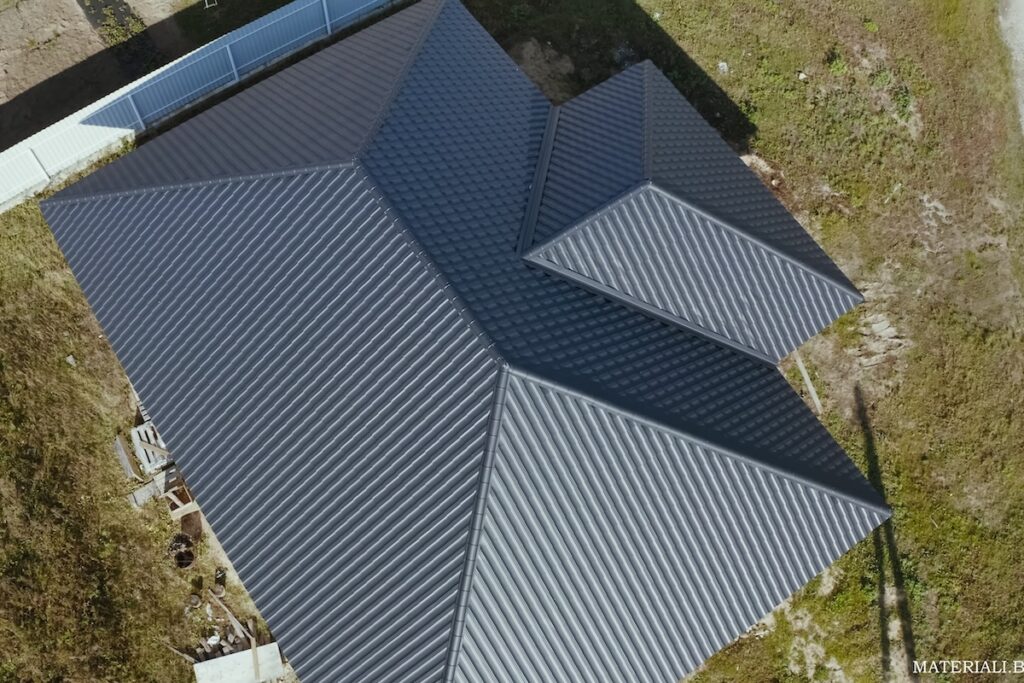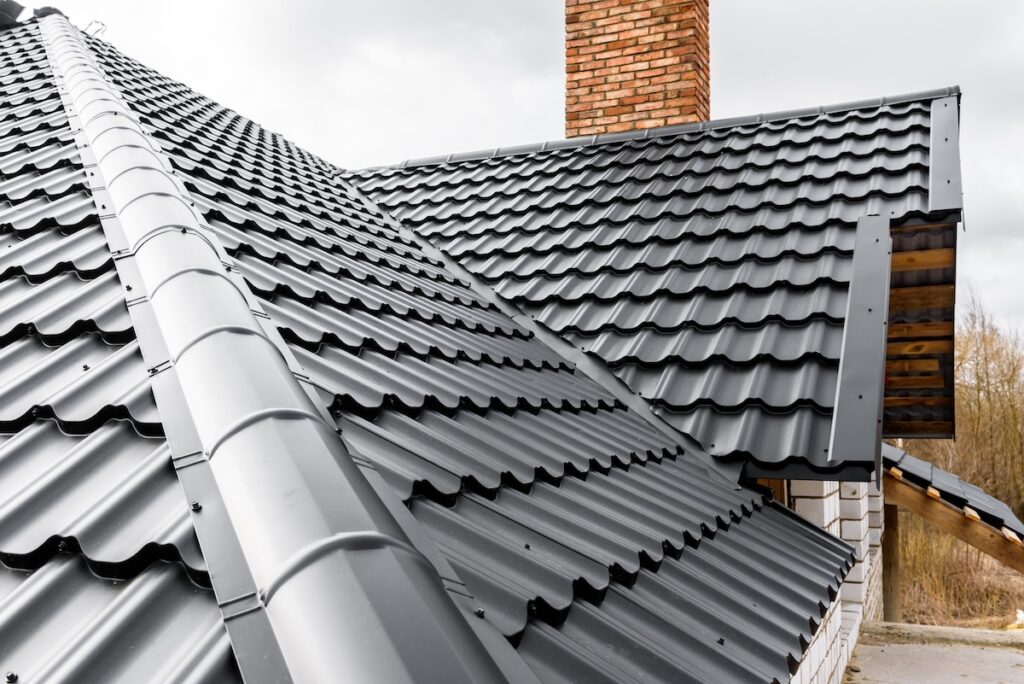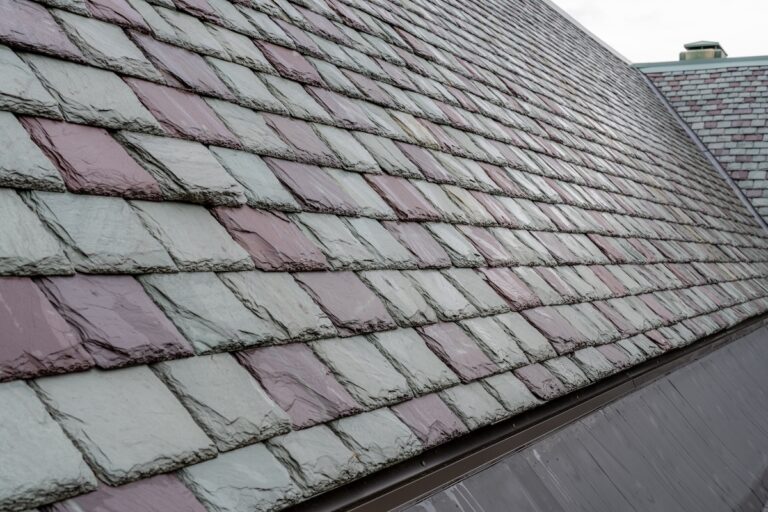Investing in a metal roof is a long-term decision that promises durability, energy efficiency, and a sleek modern look. But to fully protect that investment, it’s important to understand your metal roof warranty. In 2025, warranties continue to vary widely across manufacturers and installers, and knowing what’s included—and what isn’t—can help homeowners avoid surprises down the road.
This guide will walk you through:
- The different types of metal roofing warranties
- What common warranties cover (and what they don’t)
- Steps to maintain coverage
- Questions to ask before your project begins
Why Metal Roof Warranties Matter
Protecting Your Roofing Investment
Metal roofing is known for its long lifespan, often exceeding 40 to 70 years depending on the material. But unexpected issues—such as manufacturing defects, installation errors, or premature paint failure—can still occur. A warranty provides a layer of financial protection if something goes wrong.
Boosting Resale Value
Many warranties are transferable to future homeowners, making your home more attractive to buyers. A transferable warranty can also signal that the home was built or updated with quality materials and care.

Types of Metal Roof Warranties
Warranties generally fall into three main categories. Understanding each one helps you identify the full scope of coverage.
Manufacturer Material Warranty
- What it covers: Defects in the roofing panels or metal—such as cracking, splitting, or corrosion under normal weather conditions.
- Typical duration: 20 to 50 years, depending on the manufacturer and product grade.
- What it doesn’t cover: Improper installation, storm damage, or issues caused by poor roof ventilation.
Finish or Paint Warranty
- What it covers: Issues with the factory-applied coating, including chalking, fading, or peeling.
- Typical duration: 25 to 40 years.
- What it doesn’t cover: Scratches from foot traffic, chemical exposure, or environmental staining.
Workmanship Warranty
- What it covers: Faults related to the installation process—such as misaligned panels, loose fasteners, or improper flashing.
- Typical duration: Can range from 1 to 25 years depending on the contractor.
- What it doesn’t cover: Product defects, weather-related damage, or damage caused by future modifications.
7 Key Things To Know About Metal Roof Warranties
- “Lifetime” Doesn’t Always Mean Lifetime:
Some warranties define “lifetime” based on the product’s expected life span—not yours. Others may have age restrictions or prorated coverage after a certain number of years. - Many Warranties Are Prorated:
After an initial period of full coverage, the reimbursement value often decreases over time. Know when and how the prorating begins. - Installation Quality Affects Coverage:
Even the best roofing materials can fail if not installed properly. Most manufacturer warranties are only valid when installed by certified or approved contractors. - Weather Damage Isn’t Typically Covered:
Hail, wind, or falling debris are generally handled through your homeowner’s insurance—not the product or workmanship warranty. - Transfer Policies Vary:
Some warranties can be transferred to a new owner, but only once and often within a strict timeframe (like 30 or 60 days after home sale). - Maintenance May Be Required:
You may be responsible for regular inspections and basic upkeep to maintain warranty validity. Neglect can void your coverage. - Registration Might Be Mandatory:
In many cases, you must register your roofing warranty shortly after installation to activate it. Failing to do so could leave you unprotected.

What to Look for in a Warranty
Clear Coverage Terms
Look for warranties that outline exactly what’s included—and what’s excluded—in plain language. Watch for fine print about coverage limits, conditions, and timeframes.
Defined Proration Schedules
Understand how much you’ll be reimbursed as the roof ages. A 40-year warranty may only offer full replacement value for the first 10 to 15 years.
Transfer Guidelines
If you plan to sell your home, make sure the warranty can transfer to the new homeowner. Find out what documentation is needed and if there’s a fee.
How to Maintain Your Warranty Coverage
Hire a Qualified Installer
Incorrect installation is one of the most common reasons warranties get voided. Choose a licensed, experienced roofing contractor familiar with metal systems and the manufacturer’s guidelines.
Document Inspections and Repairs
Keep records of all roof inspections, minor repairs, and maintenance. Documentation can be important if you ever need to file a warranty claim.
Avoid Unauthorized Modifications
Adding roof fixtures like satellite dishes, solar panels, or skylights without following manufacturer specifications can void your warranty. Always check before making changes.
FAQs About Metal Roof Warranties
Does the warranty cover rust?
- It depends. Surface rust from environmental exposure may not be covered unless it results from a product defect. Corrosion from poor installation (such as cut edges) is often excluded.
Can I pressure wash my metal roof?
- Not recommended without approval. Some paint warranties specify that abrasive cleaning or power washing can void the finish coverage.
What happens if I don’t register my warranty?
- You may lose coverage. Unregistered warranties are often treated as void or downgraded to limited protection. Always register promptly after installation.

Comparing Warranty Coverage: What to Watch For
| Warranty Type | Typical Length | Covers | Often Excludes |
| Manufacturer (Material) | 20–50 years | Panel defects, corrosion | Installation errors, storm damage |
| Paint/Finish | 25–40 years | Chalking, fading, peeling | Physical damage, chemical exposure |
| Workmanship | 1–25 years | Installation faults | Product defects, external events |
Is Warranty Coverage Worth It?
The short answer is: absolutely. While metal roofing is among the most durable options available, no product is immune to unexpected issues. A comprehensive warranty gives you protection, clarity, and peace of mind—so long as you understand the terms and follow the requirements.
Before signing a contract or making your material selection, take time to review:
- The length and limits of each warranty
- Whether labor or material costs are included
- What responsibilities you have as the homeowner
Make the Most of Your Roofing Investment
As you plan your roofing project, don’t treat the warranty as fine print—treat it as part of your long-term protection strategy. Ask questions, read the details, and make informed choices that align with your goals and budget.
While the warranty isn’t something you’ll use every day, it’s a crucial backup plan that can save thousands if issues ever arise. A little attention now can prevent major headaches later. Reach out today to learn more about our available warranties!






